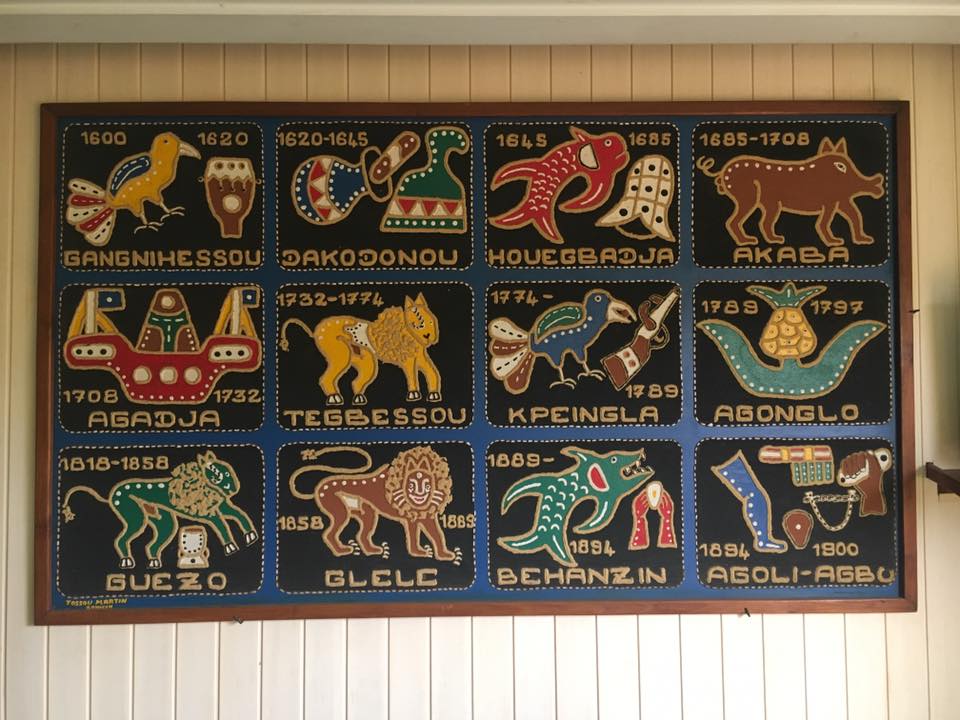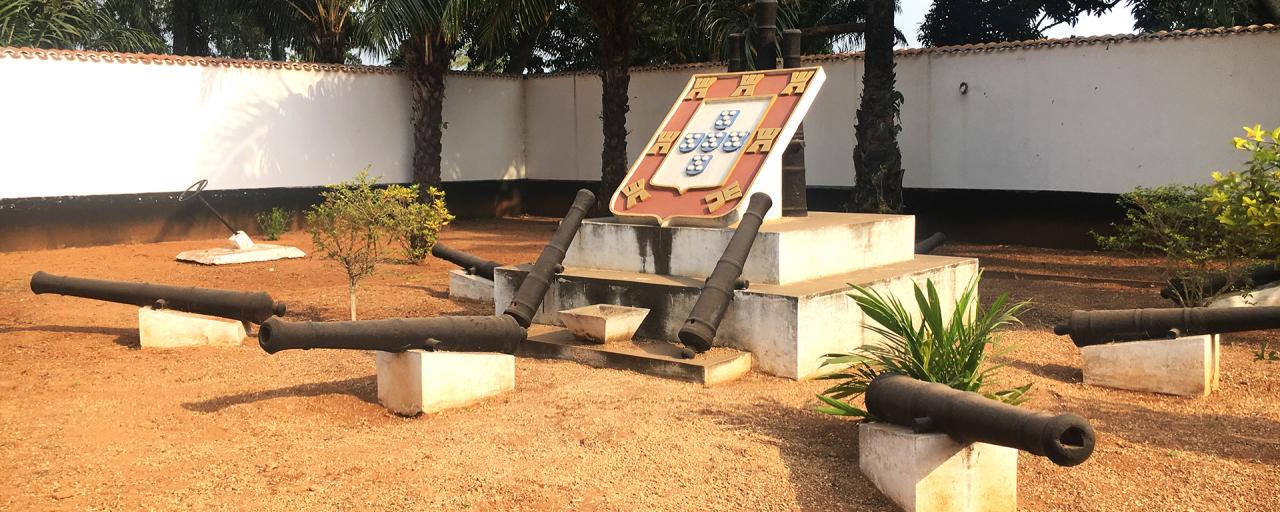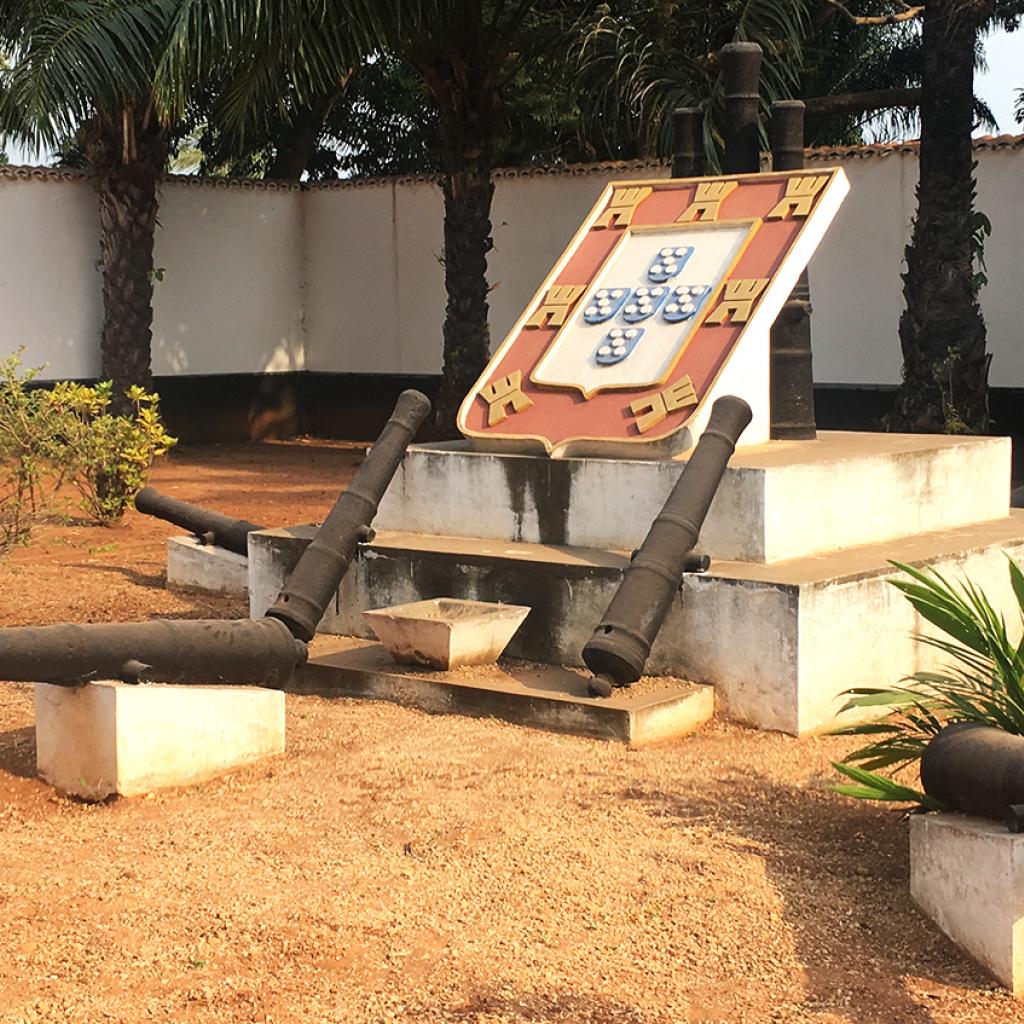Elements of the Neolithic period were traced in 1956 and 1958 by Davies’ mission in Northern Benin.
The existence of Neolithic industry is evidenced by the discovery, still in the North of the country, in Atakora, Somba, Savalou, Alibori, of polished stone axes and other tools.
Oral traditions handed down from populations of the South-Western regions state that the Adja would be located around the XII or XIII century along the banks of the Mono river, where once stood the center of Tado; later a group of Adja would found further afield in the city of Allada, or Ardra, the future capital of the homonym kingdom.
In the early XVII century, the three sons of King Akpadi formed, as a result of new conquests, the reigns of Adjatché and Kerelou Abomey; the latter will have the luckiest and lasting developments in the XVII and XVIII centuries.
In 1818 the King of Abomey, Adandoza, was deposed by Ghezo, also known as Dada, or the Good, who reigned for 40 years, from 1818 to 1858, giving the country a strong and unique military apparatus; he founded the body of the Amazons with whom he defeated even the Yoruba.
Ghezo was able to establish valid bases of collaboration with the European and operate a bold and enlightened economic conversion, flanking the nefarious pillar of the slave with the most uplifting of the cultivation of oil palm.
The first European reconnaissance of the coast of Benin dates back to the Portuguese João de Santarem and Pedro de Escobar from 1471 to 1473; Portugal, however, soon came in fighting along the coasts of the Gulf of Guinea, with the British, the Dutch and the French, also engaged in the exercise of the slave trade, that lasted until the early XIX century.
France founded in 1704 in Ouidah a commercial station that, abandoned in 1797, was reactivated by the Portuguese for the collection and shipment of slaves direct to Brazil.
In 1843 M. Brue, agent of the Marseillais trading company Regis, established the first contacts with the king Ghezo in Abomey; this gave origin, on July 1, 1851, to a treaty with France, that ten years later established its protectorate over Porto-Novo.
In 1858 the king Glèlè succeeded to Ghezo and ruled between 1858 and 1889, he ceded Cotonou to the French; but later the relationship deteriorated, and when in 1890 he was succeeded to the throne by his son Behanzin, the contrast degenerated into open conflict and the king was exiled to Martinique.
The new king Agoliagbo signed the acceptance of the French protectorate and, in later years, France delimited, through agreements with Germany in 1897 and Britain in 1898, the boundaries of Dahomey et Dépendances.
In 1904 the colony assumed, within the framework of the West Africa French Federation, a definite political and administrative structure and, with the Constitution of 1946, that brought to life the French Union, Dahomey gained, like the other French colonies, the status of overseas territory and, with the "Loi Cadre" of 1956, obtained internal autonomy in the context of the French Community.





